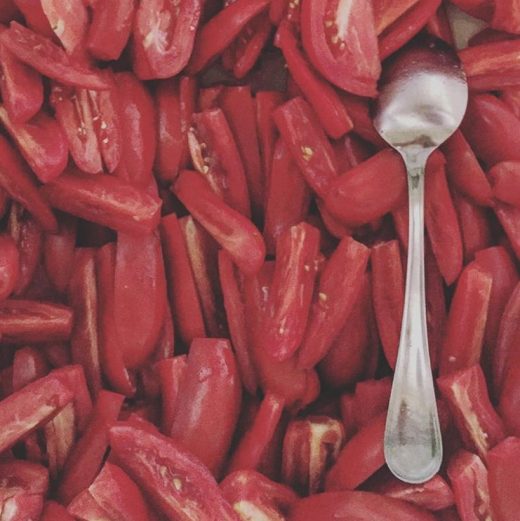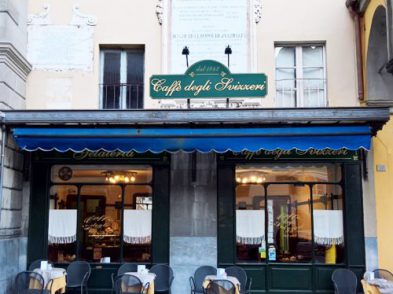Do you know your sugo from your salsa? Pellegrino did!
Various editions of Pellegrino Artusi’s quintessential Italian cookery book, La scienza in cucina e l’arte di mangiar bene (Science in the Kitchen and the Art of Eating Well) are not immune to the difficulties of culinary translations. Look to tomato sauce, for starters. It can be translated as sugo or salsa, but there’s a world of difference between the two.

Pellegrino Artusi
Full of recipes from all over Italy, the 1891 book is written in an amusing style by quirky retired landowner and businessman Artusi. He lived alone in his house in Florence’s piazza d’Azeglio, with a butler from his hometown of Forlimpopoli and a Tuscan cook, who undoubtedly made the dishes while his master watched and tasted. (I’m sure the butler did, too.)
Friendly and reassuring, the book is full of straightforward advice for nonprofessional cooks in the then-newly united Italy. Humorous commentary also abounds. I particularly like Artusi’s note on apple strudel: “Do not be alarmed if this dessert looks like some ugly creature such as a giant leech or a shapeless snake after you cook it, you will like the way it tastes.”
The English edition¹ I’m reading is excellent but some things do get lost in translation, as the authors point out. An early recipe is for sugo di pomodoro, which can be described as “tomato sauce”, but which should not be confused with salsa di pomodoro, a more complex concoction, also frequently translated into English as “tomato sauce”.

Tuscan tomatoes | Ph. @marcobadiani
Pellegrino insists: “Sugo must be simple and therefore composed of cooked, puréed tomatoes. At the most you can add a few chunks of celery or some parsley or basil leaves, when you think these flavours will suit your needs.”
As for salsa di Pomodoro, first you must prepare a battuto, a flavour-base of raw or chopped ingredients, using a quarter of an onion, clove of garlic, a finger-length stalk of celery, a few basil leaves and “a sufficient amount of parsley.” Season with a little olive oil, salt and pepper, mash seven or eight tomatoes and put everything in a saucepan on the stove, stirring continuously. “Once you see the sauce thickening to the consistency of runny cream, pass it through a sieve and it is ready to use.”
Pellegrino being Pellegrino, this essential recipe is accompanied by an anecdote: “There once was a priest in Romagna who stuck his nose into everything and busy-bodied his way into families {….} Still, he was an honest fellow, and since more good than ill came of his zeal, people let him carry on in his usual style. But popular wit dubbed him Don Pomodoro since tomatoes are also ubiquitous. And therefore, it is very helpful to know how to make a good tomato sauce.”
It certainly is, and now you know two renditions, thanks to Pellegrino Artusi.
1. Science in the Kitchen and the Art of Eating Well by Pellegrino Artusi, translated by Murtha Baca and Stephen Sartarelli, University of Toronto Press. 2003.






